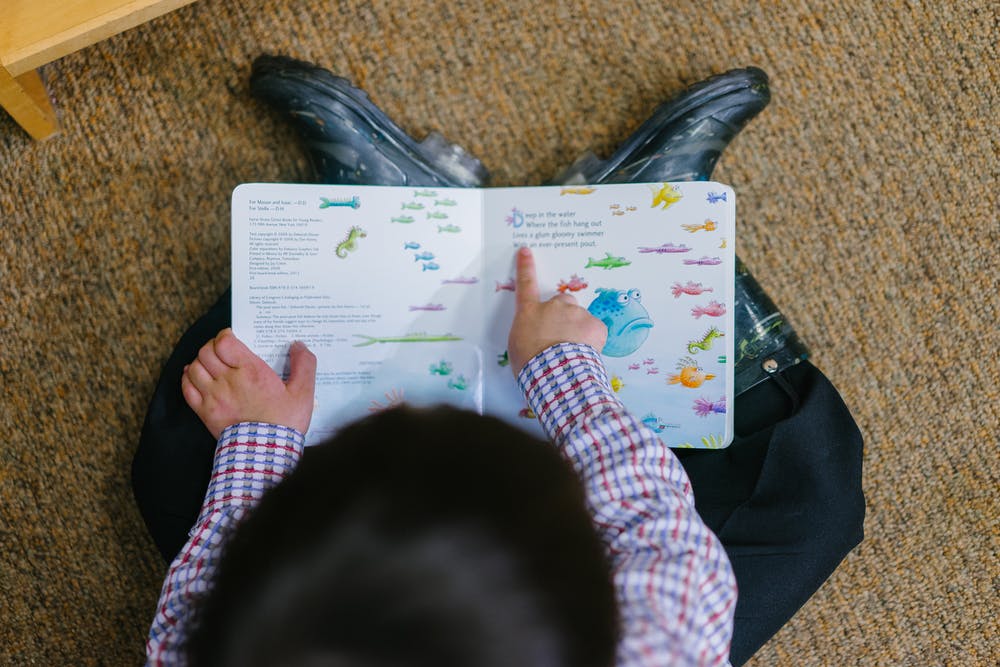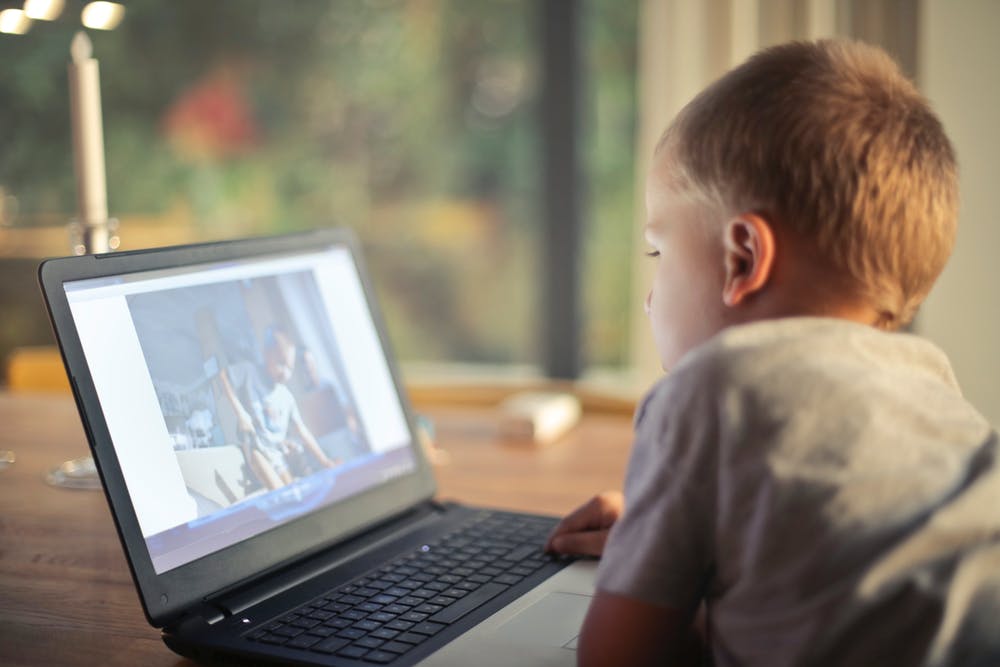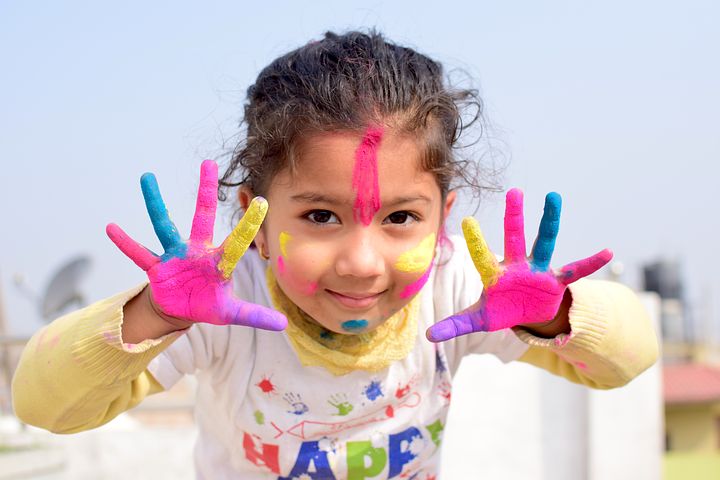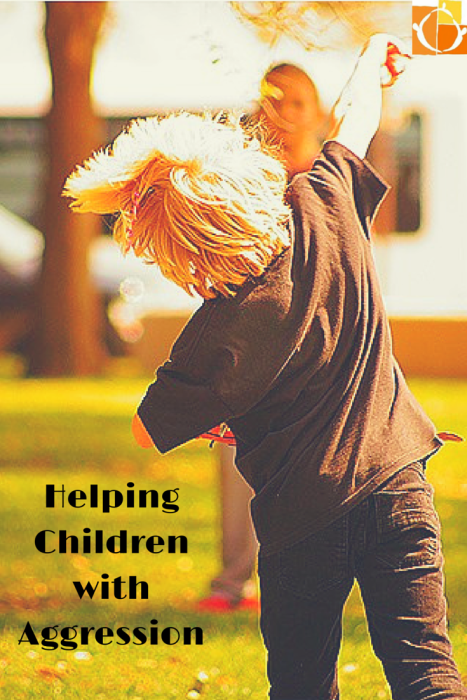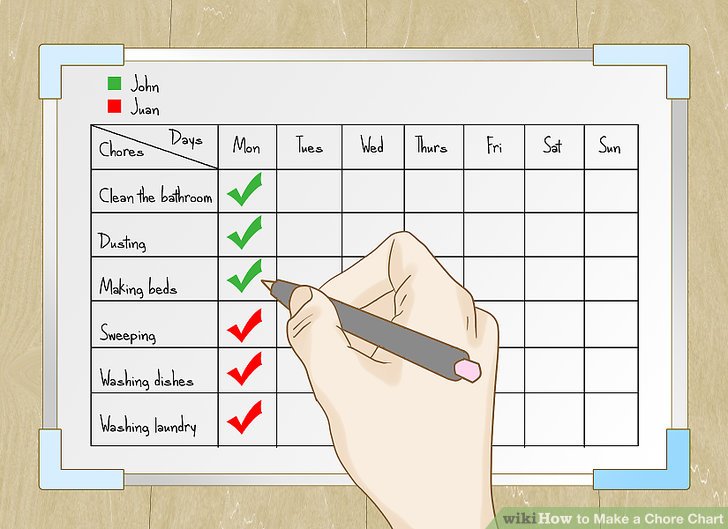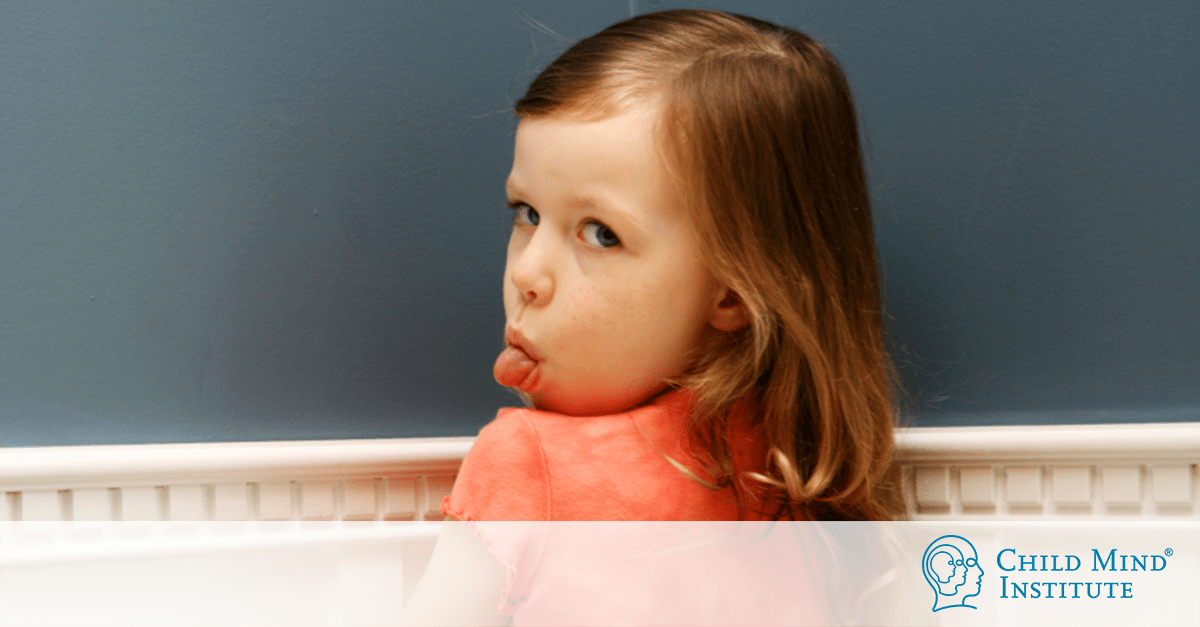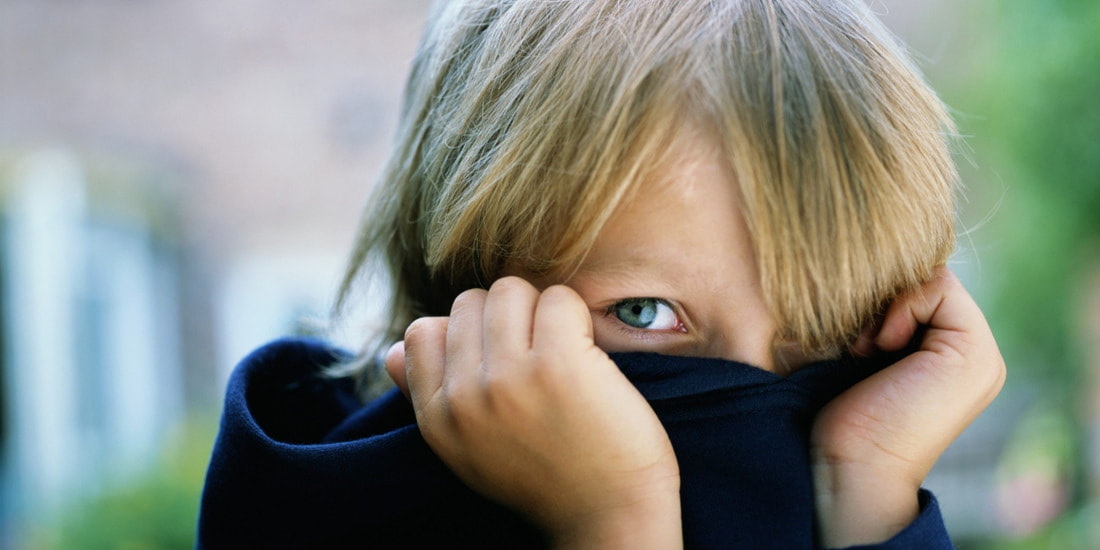How does a parent sift through the quality ones and delete the fair to middling ones from your Amazon cart?
Before I started writing this blog, I logged into my Amazon account to view all of the great books that I purchased over the last few years that left a long-lasting impression on the children that I enjoy reading with. It was a difficult decision to pick just a few; there were so many to choose from. The majority of my book recommendations teach a valuable life lesson to youth and come highly recommended from one of my favorite teachers, Nancy Siegel. They are not ranked in any defined order; I love them all equally.
The Junkyard Wonders
By, Patricia Pollaco
Theme: Finding out who you are, believing in yourself and trying to find your place. Learning to accept who you are.
This book is about persistence and working through your hardships. The main setting is in a classroom; the students in the class are referred to Junkyard Wonders by their teacher.
The Hundred Dresses
By, Eleanor Estes
Theme: Teasing, bullying and perspective taking.
An enduring book about the moral dilemmas of childhood, empathy and standing up for others. It takes place mainly in school and classmates tease a young girl for being poor.
A Walk in the Rain with a Brain
By, Edward M. Hallowell
Theme: All brains are different. We all have strengths; we all learn differently. Self-Awareness. Recommended for children that are diagnosed with ADD/ADHD.
This book discusses the anatomy of the brain. The main character in the story, Lucy takes a walk with a “brain,” and they talk about how all brains are created differently. An empowering book for people with ADD/ADHD.
ISHI, Tips From A Solid Friend
By, Akiko Yabuki
Theme: Friendship
This book is a little gem for all to read. A perfect gift for your favorite teacher or your best friend. Ishi shows you how to be a good friend and what to look for in a good friend.
I Am Peace, A book of Mindfulness
By, Susan Verde
Theme: Finding peace from within.
This book is perfect for reading before bedtime. The calming words and illustrations are sure to put you and your child in a restful state of mind.
What Do You Do With A Problem?
By, Kobi Yamada
Theme: Facing problems and figuring out ways to overcome big and little issues.
This book is about a persistent problem, and the child is not sure how to deal with it. The longer the issue is pushed under the rug, the bigger it seems to get. But when the child finally decides to face it, the problem turns out to be something entirely different than it appeared.
Photo from: Pexels

